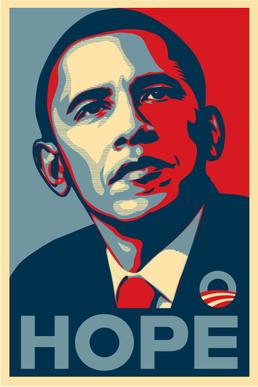To begin this, I have decided I will search online for 'famous poster designers', which will give me a broad range of designers that have definitely been successful within their design. The first design that comes up is the design by Shepard Fairey for the Obama Hope campaign. This poster design was incredibly successful as it became iconic and the symbol for the campaign.
Another poster that was incredibly iconic was the "We can do it!" poster design by J. Howard Miller. This was also an iconic poster design as it was a propaganda poster that gave women strength and courage during the war to do the mens jobs. This was incredibly successful as after the war ended, women were kept on to a lot of the jobs as they were just as good at the job as the men were. It was a key point in history for women's rights.
The poster designed by Neville Brody of Thom Yorke is also incredibly important within poster design as his use of typography was the first of its kind, and he later went on to be a founding member of the London organisation FontWorks. Brody is a designer that likes to push boundaries through the use of colour and the creation of shapes through typography.
A designer I particularly like is Damien Hirst, specifically his installation of lots of different pills and medication, which I think is incredibly successful. Although it isn't a poster, it could be thought of as a 3D poster. I saw this in the White Cube gallery in London a few years ago and thought it was incredibly interesting.




No comments:
Post a Comment